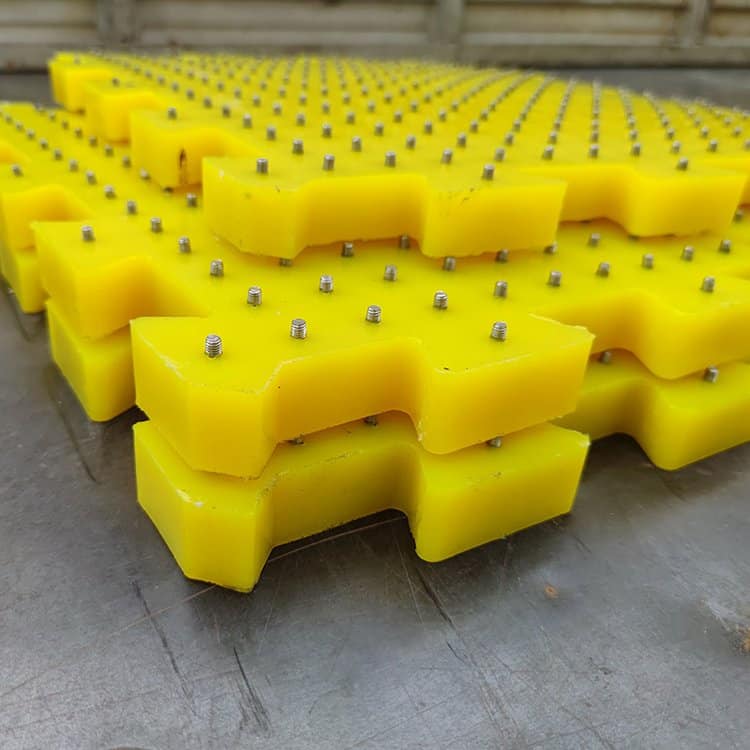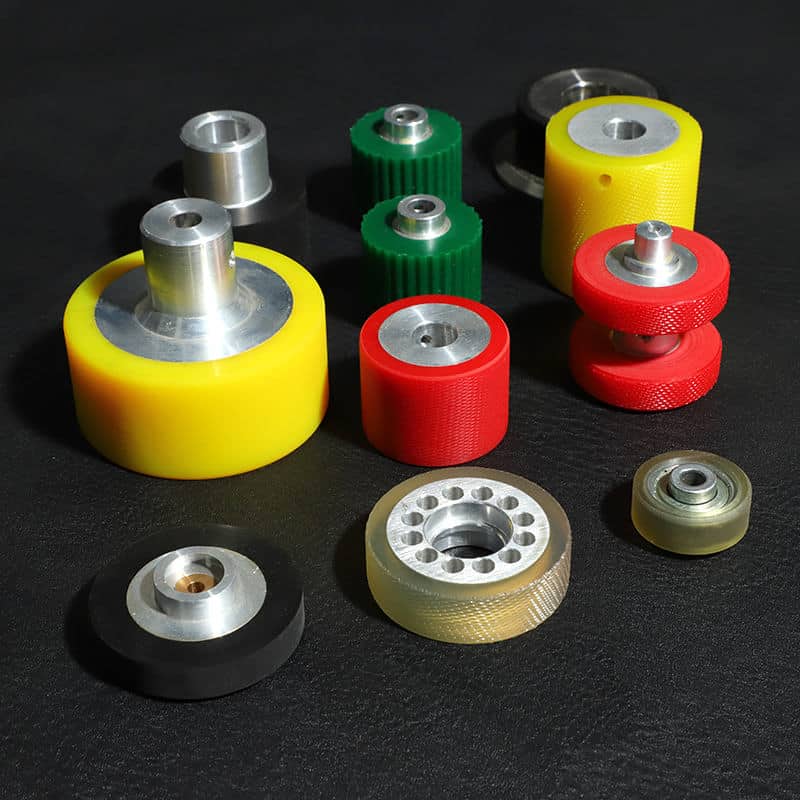Introduction: what are silicone rubber and neoprene?
Silicone rubber and neoprene are two materials that are often used in a variety of applications. Both materials have their own unique properties that make them suitable for different purposes.
Silicone rubber is a synthetic rubber that is made from silicon, oxygen, and other organic compounds. Silicone rubber has a wide range of applications due to its high resistance to heat and cold, as well as its flexibility and durability. Silicone rubber has a wide range of applications, including seals and gaskets, electrical insulation, and medical devices.
Neoprene is a synthetic rubber that is made from chloroprene. It was first developed in the 1930s and has since been used in a variety of applications such as wetsuits, gaskets, and seals. Neoprene is known for its excellent resistance to oil and chemicals, as well as its good insulation properties.
Properties: compare the key properties of each material
One of the key differences between silicone rubber and neoprene is that silicone rubber has a higher temperature range than neoprene. Neoprene can withstand temperatures up to about 200°F, while silicone rubber can withstand temperatures up to about 500°F. In addition, silicone rubber is more resistant to UV light and ozone than neoprene.
Neoprene is a synthetic rubber that was developed in the 1930s. It is used in a variety of applications, including wetsuits, laptop sleeves, and mouse pads. Neoprene has a high degree of chemical resistance and does not degrade easily. It is also resistant to heat and cold, making it an ideal material for many outdoor applications.
Silicone rubber is another synthetic rubber that was developed in the early 20th century. Silicone rubber has a wide range of applications due to its unique properties. Silicone rubber is resistant to extreme temperatures, UV light, and chemicals. It also has a low coefficient of friction, which makes it ideal for use in seals and gaskets.
What are the benefits of silicone rubber?
Silicone rubber has many properties that make it an excellent choice for a variety of applications, including high temperature resistance, low temperature resistance, electrical insulation, chemical resistance, and compression set resistance.
One of the key benefits of silicone rubber is its resistance to extreme temperatures. It can be used in environments ranging from -55°C to +300°C (-67°F to 572°F), making it an ideal choice for a wide variety of applications.
Silicone rubber also has excellent resistance to UV light, ozone, and oxygen, making it ideal for outdoor use. It is also resistant to chemicals, oils, and greases, making it a good choice for applications where these substances are present.
Silicone rubber is also a very elastic material, meaning that it can return to its original shape even after being stretched or compressed. This makes it ideal for applications where flexibility is required.
Finally, silicone rubber is a very environmentally friendly material. It is non-toxic and can be recycled, making it a good choice for applications where environmental considerations are important.
What are the benefits of neoprene?
Neoprene has a wide range of applications, including being used as padding and insulation in a variety of industries. Neoprene rubber is resistance to heat, oil, and abrasion. It is also resistant to degradation from sunlight and weathering.
There are many benefits to using neoprene, including the following:
-It is resistant to oils, chemicals and heat. This makes it an ideal choice for use in many industrial applications.
-It has good insulating properties, making it useful for padding and insulation.
-It is flexible and comfortable to wear, making it a popular choice for garments such as wetsuits.
-It is relatively inexpensive to produce, making it a cost-effective option for many applications.
How do silicone rubber and neoprene compare in terms of cost?
In terms of cost, silicone rubber is usually more expensive than neoprene. However, there are some factors that can impact the price, such as the type of silicone rubber and the quantity you need. For example, medical-grade silicone rubber may be more costly than general-purpose silicone rubber. In terms of quantity, buying in bulk may reduce the overall cost per unit.
Which one is better for specific applications – silicone rubber or neoprene?
This is a difficult question to answer as it depends on the specific application or requirement. In general, silicone rubber has a better resistance to higher temperatures than neoprene, making it the first choice for applications where Heat resistance is important. However, neoprene rubber has better resistance to fuel and oil than silicone rubber, so it would be the preferred choice in applications where those are present. In terms of chemical resistance, both materials are very similar – they are both resistant to many acids and alkalis, but they should not be used with solvents.
How do silicone rubber and neoprene compare in terms of environmental impact?
In terms of environmental impact, silicone rubber and neoprene are very similar. Both are made from synthetic materials, and both are non-biodegradable. However, silicone rubber is generally considered to be more eco-friendly than neoprene.
One major difference between the two is that silicone rubber is made from silicon, a naturally occurring element, while neoprene is made from petroleum products. This makes silicone rubber a more renewable resource. Additionally, silicone rubber can be recycled, while neoprene cannot.
Silicone rubber is also less likely to release harmful chemicals into the environment. Neoprene contains chlorofluorocarbons (CFCs), which can damage the ozone layer, and polychlorinated biphenyls (PCBs), which can cause health problems in humans and animals. Silicone rubber does not contain these harmful chemicals.
Overall, silicone rubber is the more eco-friendly choice of the two materials.
Which one should you choose – silicone rubber or neoprene?
The answer to this question depends on what properties you value most in a rubber material. Silicone rubber is known for its heat resistance, while neoprene is known for its oil resistance.Here’s a more detailed breakdown of each material’s key properties:
Silicone Rubber:
-Heat resistance: Silicone rubber can withstand temperatures up to 500° F. Such as heat resistance silicone rubber strip.
-Weather resistance: Silicone rubber is resistant to both extreme cold and extreme heat. It also resists UV rays, ozone, and moisture.
-Electrical properties: Silicone rubber has good electrical insulation properties. Such as electrical conductive silicone foam sheet.
-Chemical resistance: Silicone rubber is resistant to many chemicals and oils.
Neoprene Rubber:
-Oil resistance: Neoprene rubber has excellent oil resistance.
– Flame retardance: Neoprene rubber is naturally flame retardant.
– Weather resistance: Neoprene rubber resists degradation from sunlight and ozone.

















